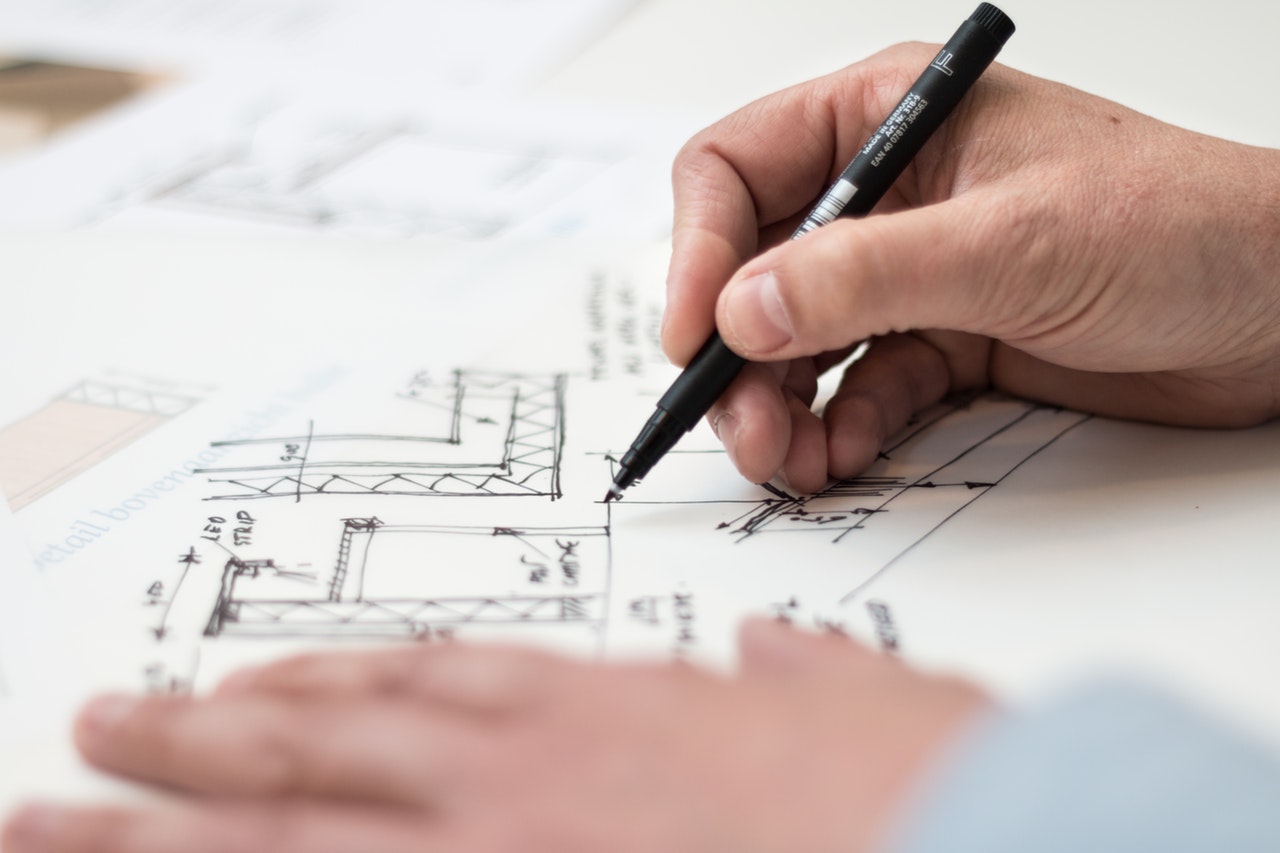Urban development is a dynamic and complex field, especially in a city as vibrant and ever-evolving as Sydney. For any developer or property owner looking to embark on a new project, understanding the intricacies of the planning process is essential. This article explores key aspects of urban development in Sydney, Rezonings, Environmental Impact Statements (EIS), Change of Use proposals, etc.
How the planning and rezoning actually is?
Planning Proposals and Rezonings are fundamental to reshaping the urban landscape in Sydney. These proposals often involve changing the land use or density of a specific area. When a property owner or developer wishes to rezone a parcel of land for a different purpose, they must submit a Planning Proposal to the local council. This document outlines the intended changes and justifies the need for them.

Documents required
Before any significant development can proceed, developers may need to prepare Environmental Impact Statements (EIS). These documents assess the potential environmental, social, and economic impacts of a proposed project. In Sydney, with its beautiful natural surroundings and growing emphasis on sustainability, EIS plays a pivotal role in ensuring that development is conducted responsibly.
An EIS should address potential issues such as habitat disruption, traffic congestion, pollution, and other environmental concerns. Adequate EIS preparation is essential for obtaining development approvals, as it demonstrates a commitment to responsible urban development.
Making proposals
Change of Use proposals refer to requests to repurpose a property for a different use than originally intended. This could involve converting a commercial building into residential apartments or vice versa. Local councils in Sydney play a crucial role in evaluating and approving these proposals. Change of Use proposals must adhere to zoning regulations and local planning policies, ensuring that the proposed use aligns with the broader vision for the area.
Approval process
Sydney Harbour is a jewel in the city's crown, and any development near its shores is of great public interest. Developers seeking to build or renovate properties in these areas must undergo stringent approval processes. These processes are in place to safeguard the harbor's unique character and maintain its natural beauty.
Sydney Harbour development approvals involve assessments of visual impact, heritage considerations, public access, and ecological sustainability. Navigating this process requires a deep understanding of local regulations and a commitment to preserving the charm of the harbor while enhancing its functionality.
How neighbor objections are dealt with?
When it comes to urban development, neighbor objections can present a significant hurdle. Many developments may face resistance from nearby residents who are concerned about the impact on their quality of life, property values, or the environment.
Neighbor objections to development proposals are typically addressed through the local council's public consultation process. Developers must engage with the community, address concerns, and, if necessary, make adjustments to the proposal to mitigate potential issues.

Conclusion
Urban development in Sydney is a multifaceted endeavor that involves Planning Proposals, Rezonings, Environmental Impact Statements, Change of Use proposals, Sydney Harbour development approvals, and addressing neighbor objections. Successful navigation of these processes requires a comprehensive understanding of local regulations and a commitment to responsible development that enhances the city's livability, sustainability, and aesthetic appeal.





Comments